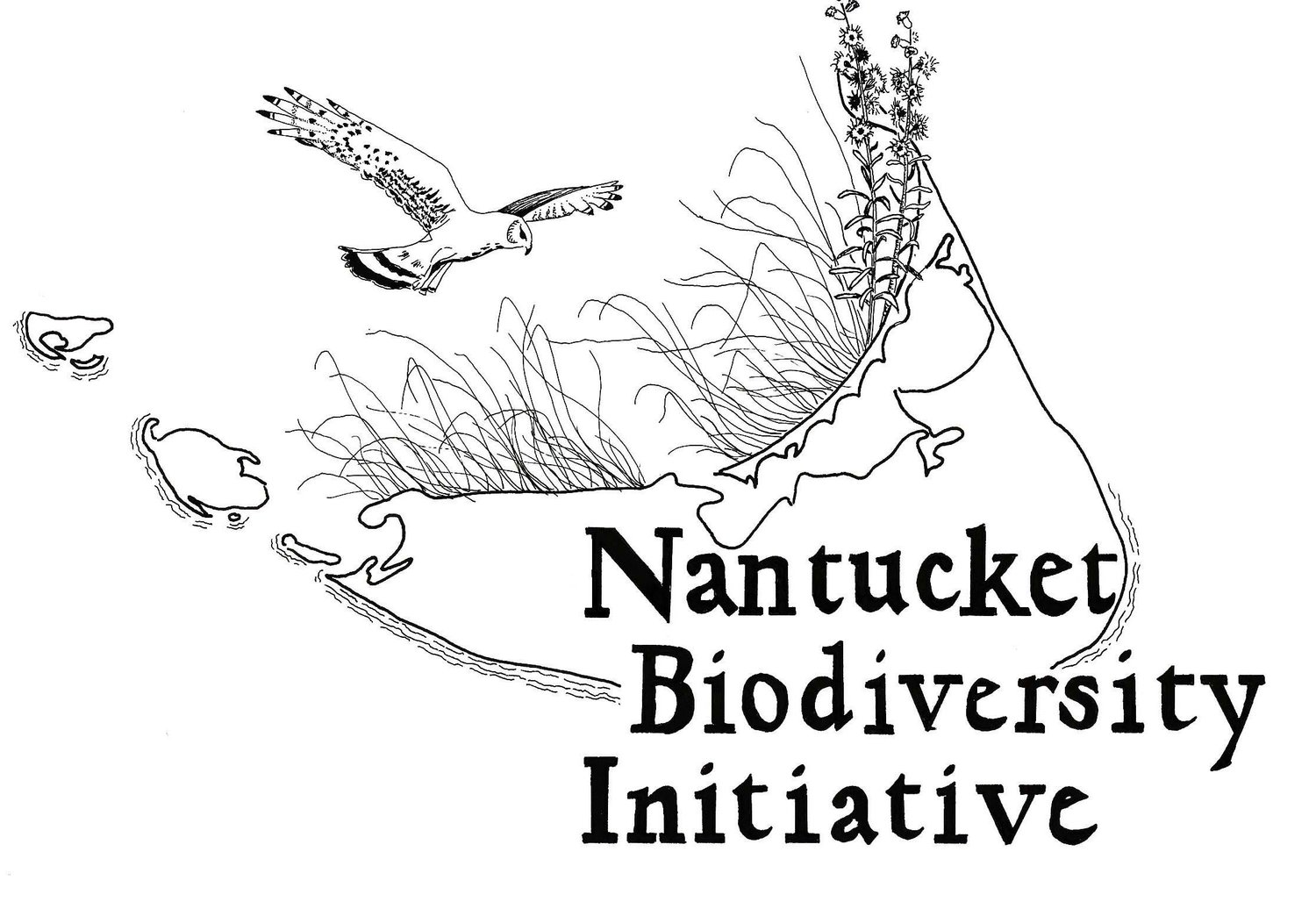MARINE FOULING ORGANISMS
Carman, MR (2008) Massachusetts Shellfish Aquaculture Tunicate Identification Guide. Photography by Dann Blackwood, USGS.
So what is a tunicate?
Tunicates are not the most well-known marine animal and yet non-native tunicate species can be disruptive to ecosystem structure and function. The tunicate lifestyle resembles that of a plant, in that they attach and grow on submersed surfaces. Tunicates range in color from bright orange and yellow to purple and brown. They are invertebrates, animals without backbones, and grow in one of two shapes: as a solitary vase form, with two openings called siphons on the top of their rounded body or flat and encrusting, over-growing surfaces to which they attach.
Non-native tunicate introductions tend to quickly populate and overgrow surfaces, fouling almost anything submersed including algae, shellfish, rocks, chains and mooring lines. They are easy to find on docks, ship hulls, buoys and aquaculture structures.
What should you do if you find a non-native tunicate? Do not disturb it!
Want to help Nantucket’s scientists monitor populations of these organisms? We are looking for information from the public to add to our database and need your assistance! Please see the fact sheet link below for information of particular species we are interested in monitoring. It’s easy to send in a report – see the iNaturalist instructions link below for more information. Thanks!


